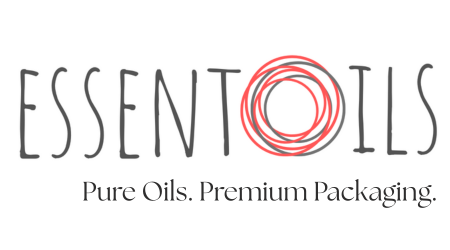Let’s talk about the journey from plant to bottle – how essential oils are grown and extracted to ensure you’re getting the pure, authentic product you deserve. Sometimes there is confusion in the industry with brands trying to discredit another brands authenticity. Let’s rather look at how you can check out the brand you are interested in and make your own informed choice about them, rather than from hearsay from individuals.
Before we get into the nitty-gritty of extraction, let’s start with how these wonderful oils begin their life. Essential oils are derived from various parts of plants, including flowers, leaves, stems, and roots. The quality of these oils depends significantly on the growing conditions. Organic farming is key here – no synthetic pesticides or fertilizers, just pure, unadulterated goodness from Mother Nature. Why does this matter? Because the purer the plant, the purer the oil.
Organic farming practices vary; wild-grown plants thrive naturally without human intervention, preserving their ecological balance. In contrast, mass-produced organic plants require controlled farming environments to meet organic standards. Wild harvesting often results in lower yields but higher biodiversity, while mass production aims for consistent quality and quantity.
Steam Distillation: The Classic Method
Steam distillation is like the granddaddy of essential oil extraction techniques. Here, steam is passed through the plant material, causing the essential oils to evaporate. The steam and oils are then condensed back into liquid form. This method is ideal for hardy plants like lavender and eucalyptus. "Steam distillation ensures a high-quality product but requires specialized equipment and can be time-consuming," says our in-house expert.
But beware! Non-organic steam distillation can introduce chemicals into your oils, reducing their effectiveness and purity. Think of it as the difference between a fresh, organic apple and one covered in wax and pesticides. Yuck, right?
Cold Pressing: Fresh and Fruity
Cold pressing is the go-to for citrus oils like orange and lemon. The rinds of the fruits are mechanically pressed to release the essential oils. This method is clean and chemical-free, just the way we like it. Plus, it uses by-products from the juicing industry, making it an eco-friendly option. "Cold pressing utilizes waste products from the juicing industry, making it an eco-friendly option," notes our sustainability guru.
However, non-organic cold pressing can mean pesticide residues in your oils. Imagine enjoying a fresh glass of juice, but with a hint of chemicals – not exactly appealing.
Solvent Extraction: The Delicate Approach
For more delicate flowers like jasmine, solvent extraction is often used. Here, a solvent like ethanol or hexane is used to dissolve the essential oils from the plant material. While efficient, this method can leave traces of solvents in the final product if not done properly. Organic solvent extraction is crucial here to ensure no harmful residues remain.
CO2 Extraction: The Modern Marvel
CO2 extraction uses carbon dioxide at specific pressures and temperatures to pull the oils from the plant material. It’s a bit like magic – producing pure, high-quality oils without any chemical residues. This method is gaining popularity, especially for high-end essential oils. "CO2 extraction is becoming popular for high-end essential oils like high-altitude lavender," says our extraction specialist.
Some companies try to circumvent these certifications by falsifying documents or mislabelling products. They might use non-organic farming methods or mix organic oils with non-organic substances while falsely claiming organic certification. Such practices undermine the integrity of organic labelling and can mislead consumers.
Essentoils ensures our Amala essential oils are certified organic through rigorous adherence to international organic standards. This process involves thorough inspections by recognized certification bodies such as OneCert and FCA Organic and GreenCert. These organizations verify that no synthetic pesticides, fertilizers, or genetically modified organisms are used during farming or processing. The certification process includes detailed audits of farming practices, soil quality, and the entire supply chain to ensure full compliance with organic standards. If in doubt, ask your essential oil company to supply you with the organic certification for their oils.
How Can You Tell?
Another important factor to look for when buying oils is what is on the label. The only ingredient listed should be the essential oil name (with its Latin plant name) and, if it is a blend, the name of the carrier oil. Any oils with the words fragrance or perfume should be avoided, as those are most likely synthetics. If there are no ingredients listed, they are very likely not to be pure essential oils.
We hope that you have found this information useful and informative so that you can make your own informed choices about which essential oil brands to use.

